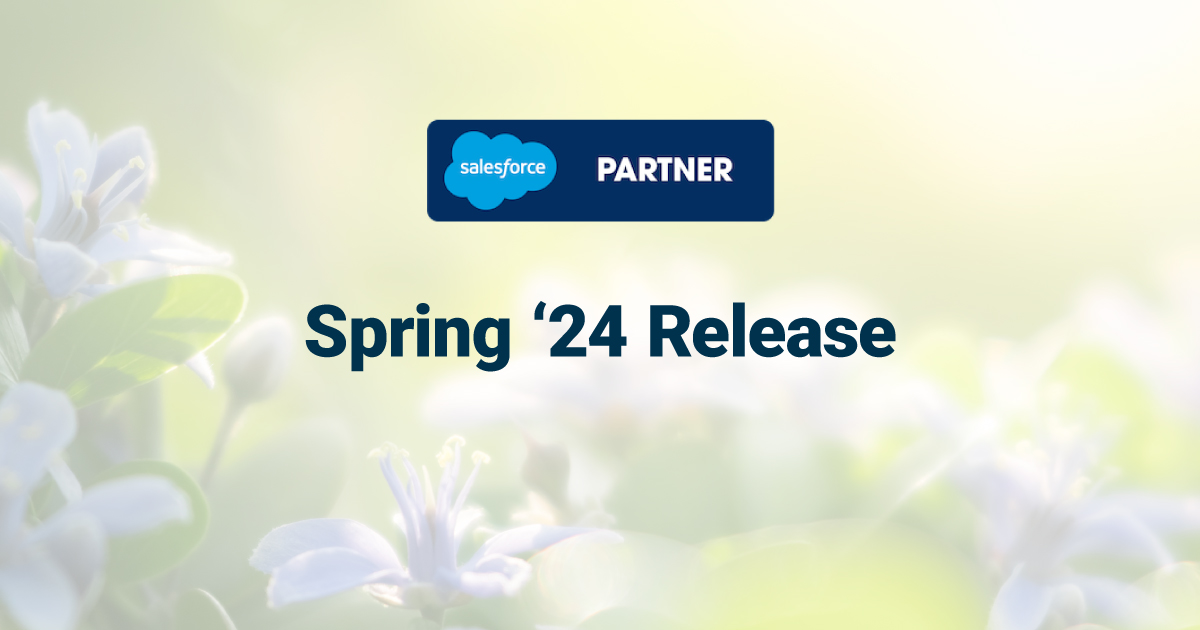4 Ways Sales Champions Win with a CRM
Without a good CRM system, sales teams are often left struggling for success in a crowded marketplace. CRM systems are designed to help companies manage pipelines, customer relationships, and day-to-day tasks. They’re innovative tools that are essential to any sales team, no matter the size. Unfortunately, many sales teams see CRM systems as just another tedious data machine and more work they have to do everyday. CRM software does feed off of vast amounts of data, but its benefits are worth the effort. When used correctly, CRM systems offer quite a few rewards.
What Exactly Is a CRM System?
CRM, or Customer Relationship Management, software organizes customer data and other information. The main purpose of a CRM system is to attract, retain, and manage customers. To do this, you need to feed the system data. Lots of data. Customer contact information, sales information, accounting, operational data, social data, industry data, marketing content… basically all the data your business generates on a day-to-day basis. Most of this data feeds automatically through integrated back office systems such as point-of-sales (POS) systems, enterprise resource planning (ERP) applications, warehouse management systems, accounting systems and other platforms, but some of it must be entered manually.
CRM systems are all about the customer. They improve the customer’s buying experience and communication with your business, thereby improving your relationship as a whole. How do they do this? CRM systems provide a way for companies to store customer data for better analysis and understanding of the buying behavior and use it to provide insight into follow-up content and other marketing content.
Using this software, you can see what your customers are buying, what they’re interested in, and other customer demographics. Then you can cater content to specific audiences based on what matters to them. CRM software is so good at this that 61% of sales distributors report that CRM systems offer them key access to important customer information. Furthermore, some 75% of managers say their CRM systems increase sales significantly.
Save Time and Paper
Fully integrated CRM software (our recommendation is Salesforce) saves your sales teams a great deal of time, paper, and money. Organization is extremely important to running a successful sales team. Members are responsible for tracking customer accounts, contact information, sales opportunities, and various sales tactics. Traditionally, this type of data would be kept across a variety of platforms – address books, e-mail clients, Excel spreadsheets; the list goes on.
Salesforce keeps all this information in one place, accessible through one easy-to-use cloud-based application. Sales managers can look into individual team member’s histories instead of constantly asking reps to keep them updated. It integrates with Outlook or GMail and syncs contacts, tasks, and events, so you don’t have to enter everything twice. If you want to print a report, Salesforce supplies data on account statuses, opportunities, past sales, and completed tasks. These features save managers and sales teams time, which can be spent nurturing leads and closing deals.
Manage Sales Strategies and Increase Productivity
Because sales teams have all this customer information in one place, they can easily manage their own accounts. Instead of sifting through scattered digital and physical documents, you can simply look at individual accounts in your Salesforce instance. Here, you can see the history of each account and/or contact and create a sales strategy based on that history.
But it gets even better. Salesforce lets you create to-do lists for each strategy, including reminders and follow-up tasks set by date. Salesforce also provides insight into the time you’ve already spent with each account and how well your efforts paid off. This, of course, frees up productivity time. In addition, the Salesforce1 mobile app reports a 15% increase in productivity.
Manage Marketing Campaigns and Your Leads
But what about leads? Salesforce gives you the platform to collect leads from your website and nurture them into a client. The Salesforce Marketing Cloud or Salesforce Pardot feature marketing integration, letting you manage your website, social media, calls to action (CTAs), lead generation, website personalization and other early funnel strategies. When leads come in from these areas, your Salesforce instance will direct them to the appropriate sales teams, meaning you spend less time cold calling.
Through your Salesforce reports & dashboards, sales team members can stay up to date and on the same page. All it takes is one click to add new accounts or contacts, and features like Salesforce Chatter let sales teams communicate with each other and add or drop team members to new accounts easily.
Stay in Touch With Your Customers
Salesforce Sales Cloud and Salesforce Pardot are packed full of e-mail templates for customers in all stages of the sales funnel. For example, Salesforce has templates for introductions, welcoming customers, and saying thank you. You’re free to edit these templates and create your own, as well. Salesforce also generates trending analyses and forecasts of sales trends and upcoming opportunities. These reports let you explore monthly trends, determine the outcome of specific opportunities, and gain insight into the efforts and goals you’ve met. Furthermore, Salesforce shows you where sales are coming from and forecasts where you can sell more. Salesforce Pardot provides marketing automation and nurturing (drip) campaigns that automatically move a prospect through a sales funnel with targeted content. In addition, with Sales Cloud Engage, individual sales reps can leverage their own individual drip campaigns.
Using this information in combination with Salesforce’s e-mail templates and other content management systems, you can get to know your customers from the very first introduction and stay in touch with them long after the sale. Every good sales person knows customer retention is one of the main goals; CRM systems are responsible for a 27% increase in retention rates.
So, What Are You Waiting For?
CRM systems ultimately allows you to do more with less. Companies have reported a 23% decrease in marketing cost and more than 50% in return on investment (ROI). Profit margins have increased by 2% and sales conversions have spiked a whopping 300% or more! With all the benefits that CRM systems provide and the numbers to back it up, it’s shocking to hear that there are companies that still don’t use them. If you want to manage your customers and sales teams, increase your leads and conversions, and improve your business overall, investing in a CRM system, such as Salesforce, is a no-brainer.
Sources:
https://blog.hubspot.com/sales/benefits-crm-system-infographic
http://sales.about.com/od/Sales-Management/tp/7-Benefits-Of-A-Good-Crm.htm
https://help.salesforce.com/servlet/servlet.FileDownload?file=01530000001x38UAAQ













